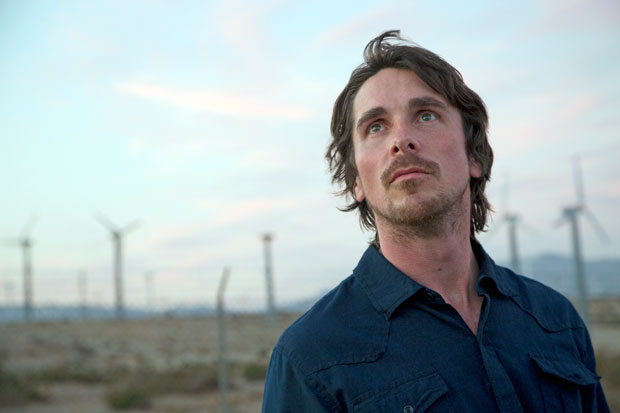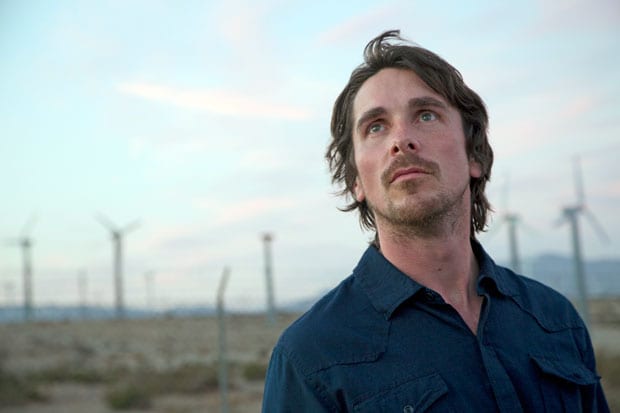
Terrence Malick’s 2011 film The Tree of Life may be the first commercial movie I ever saw that I felt was truly critic-proof. Not that critics couldn’t destroy it or that audiences wouldn’t care but critic-proof in the sense that it would be impossible to disagree with anyone, no matter what their opinion of it was. Love it? I agree. Hate it? I would find it difficult to argue against you. It was experiential, a movie that washed over you in its opulent wooziness, a dreamy reverie on the meaning of life itself.
Malick has long been obsessed with nature (human nature, the natural world, life and death), which was infused in his early films — he made only two in the first 25 years of his career, both brilliant: Badlands and Days of Heaven). In more recent years, he has become increasingly stylized and not experimental. He eschews narrative, and even a script, in favor of something bordering on the spiritual. He’s less about making art than about pondering his existence.
His follow-up to Tree of Life, To the Wonder, was an opaque story of a relationship that had many of the previous elements but a more contemporary and adult perspective. Where Tree of Life glanced back at childhood, To the Wonder felt more like aging awkwardly into adulthood, the whole “through a glass darkly” shtick. It wasn’t as successful, and in many ways not even good, but it was Terry Malick, a true film legend, and, as with Willy Loman, attention must be paid.
But Malick’s latest adventure, Knight of Cups, looks to be the final tentpole in this existential trilogy, although a better analogy might be the last stake through the heart. It seems almost aggressively anxious to bore its audience into surrender. To be certain, there’s a place for such highfalutin craftiness in the tapestry of film. But this one feels less experimental then torturous. Narrative has completely escaped Malick; he lingers instead of continuously jumpy camera movements, meaningless voiceover whispered as if daring its audience to fall asleep, and unexpectedly prurient sexual frolicking and voyeurism.
The plot — or rather, the infrastructure around which the character study seems to be built — deals with and Hollywood screenwriter (Christian Bale) whose life has been a series of meaningless sexual conquests and failed adult relationships, two of which are apparently with Cate Blanchett and Natalie Portman, though neither makes a modicum of sense. Basically, it’s a story as old as middle-age itself, the 40-year-old Lothario realizing his life is pointless while looking back on his relationship with his father for clues as to where he went wrong. (Fellini did it better in 8-1/2 and that was 50 years ago.) For all of its stark vistas and exquisite lighting, Knight of Cups feels unpolished and even ugly. Malick and his gifted director of photography, Emmanuel Lubezki (who just won his third consecutive Oscar), seem to have captured moments of beauty on the fly, without taking time to fully compose and refine them. Scenes of Las Vegas feel less like planned-out testaments to mass consumerism and more like bad selfies taken in 70mm. It looks like a cheap perfume commercial that goes on until your butt numbs in the seat.
It’s a sad coda for the 72-year-old Malick, a muddled capstone to what is been a fascinating career from a talented film artist. Sadly, as many before him, he has allowed his own sense of confusion to become not his art but his coffin. Malick walls himself inside a boneyard of convoluted imagery, a victim of artistic senility sentenced to tread over old ground ranting to dead ears..
This article appeared in the Dallas Voice print edition March 11, 2016.











